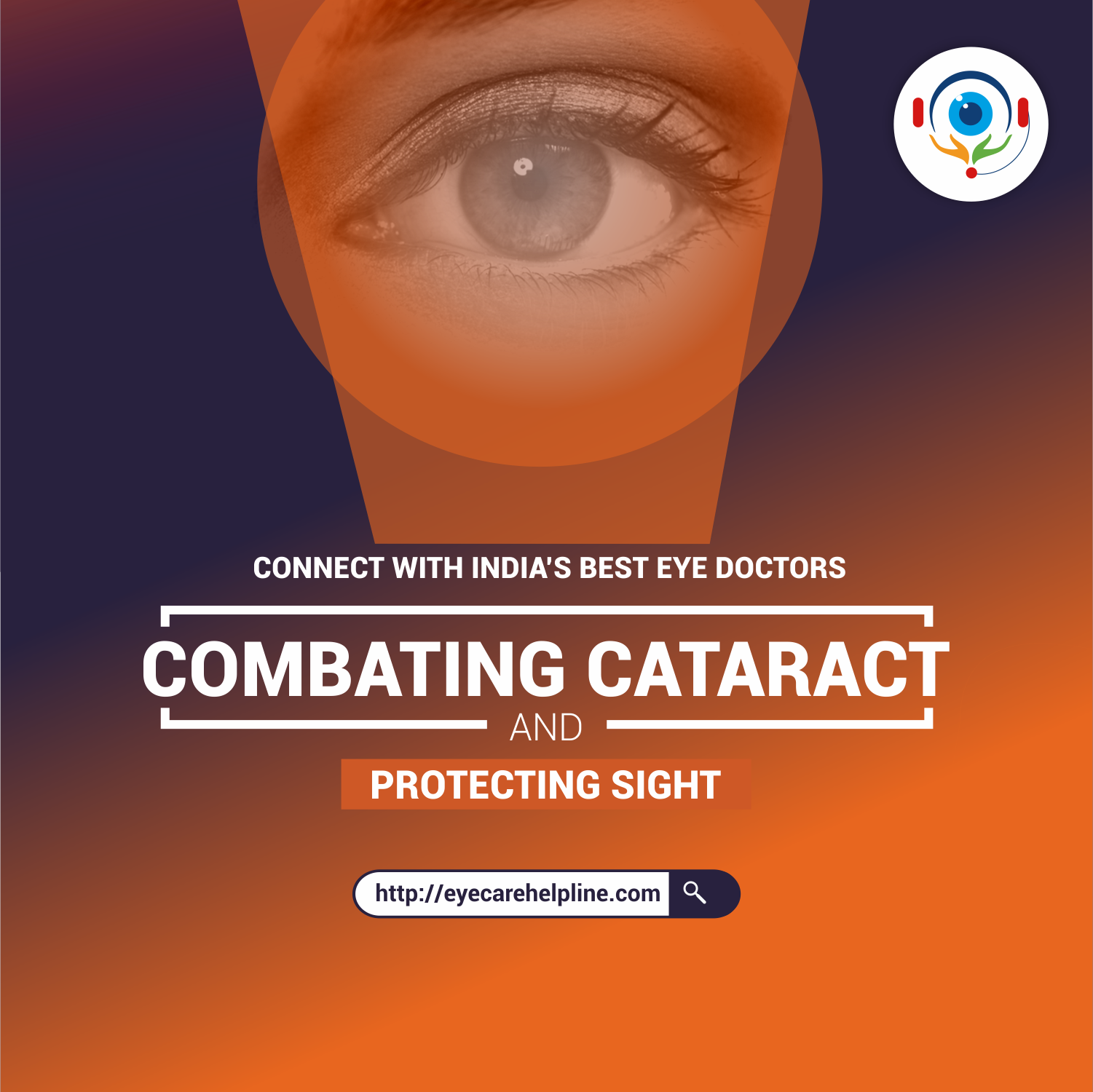- By: Dr. Kashish Gupta
What are Intraocular Lenses?
Your natural eye lens turns blurry following the removal of cataract. Intraocular Lens (aka IOL) is implanted in the eye to restore vision to the optimal.
Types of Intraocular Lenses (IOLs)
There are different types of Intraocular Lenses (IOLs) namely -
1. Monofocal Lens
2. Multifocal Lens (Bifocal, Trifocal and Extended Depth of Focus)
3. Toric Lens
The above mentioned IOLs differ from each other. To help you understand the difference among them, given below are their detailed descriptions.
1. Monofocal Lens
'Mono' means 'one'. And, as its name suggests, Monofocal Lens has the ability to restore only one type of vision. This type of IOL can re-establish either distance vision or near vision.
After inserting Monofocal Lens, 80% to 90% of your work can be done without you having to wear glasses. However, depending on your pre-existing refractive error (eye condition that causes images to blur) you may need to wear glasses for reading.
2. Multifocal Lens
Multifocal Lens provides an acceptable restoration of both distance and near visions. Multifocal Lens is further divided into -
a. Bifocal Lens
Bifocal Lens can help you easily view objects that are near or at a distance. So, you wouldn't need to wear glasses 90% of the time.
The drawback about Bifocal Lens is that you may experience a glare (when too much light enters your eye, interfering with your eye's ability to manage the light) and halos (bright circles surrounding the source of light).
b. Trifocal Lens
Trifocal Lens helps provide a clear view of objects at a distance, ones that are close and helps provide intermediate vision as well. Intermediate vision is simply eyesight at approximately arm's length, like the distance between you and your digital screen.
Trifocal Lens reduces halos, glares to a great extent.
c. EDOF (Extended Depth of Focus)
Extended Depth of Focus (EDOF) Lens can help identify colours better than Bifocal and Trifocal Lenses. You won't experience glares with an EDOF lens.
Apart from this, the advantage of having this type of IOL is that it helps you easily view objects at a distance. The disadvantage is that near vision is not very good compared to Trifocal and Bifocal Lenses. Hence, you may need to wear glasses.
3. Toric Lens
Our eyes can possibly have two types of power i.e. spherical and cylindrical. Spherical power exists due to the natural lens within the eye and cylindrical because of the dissymmetry in the curve of the cornea (transparent covering in front of the eyes).
With Monofocal and Multifocal Lenses, the spherical component of the eye can be rectified and the cylindrical power will later get rectified with additional prescription glasses.
With Toric Lenses the spherical and cylindrical components of the eye can be corrected at once.
This type of IOL is recommended if you already have a high existing cylinder or astigmatism in your eye.
With Toric Monofocal Lens you would be required to wear glasses for near vision, but you will not require glasses for distance vision. If you put a Toric Bifocal Lens, you will not have to wear glasses for near and distance vision. However, you will require glasses for intermediate vision.
With Toric Trifocal Lens, you will practically be spectacle-free when it comes to distance, near and intermediate vision. But, 10-15% of the time while looking objects that are extremely fine, you may be required to wear glasses.
Takeaway
Choosing the right lens is crucial because the lens you choose will remain in your eye forever. To a certain extent it will also determine whether you will need glasses post your cataract surgery. Also, you must note that this surgery will help you become more 'spectacle-independent', rather than help you get rid of your glasses completely.



